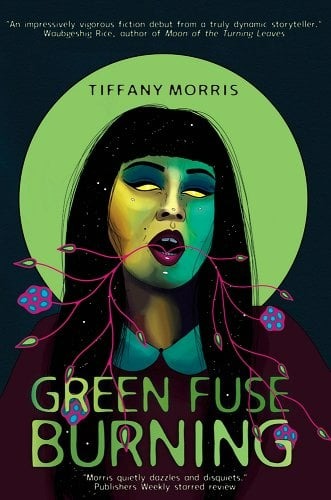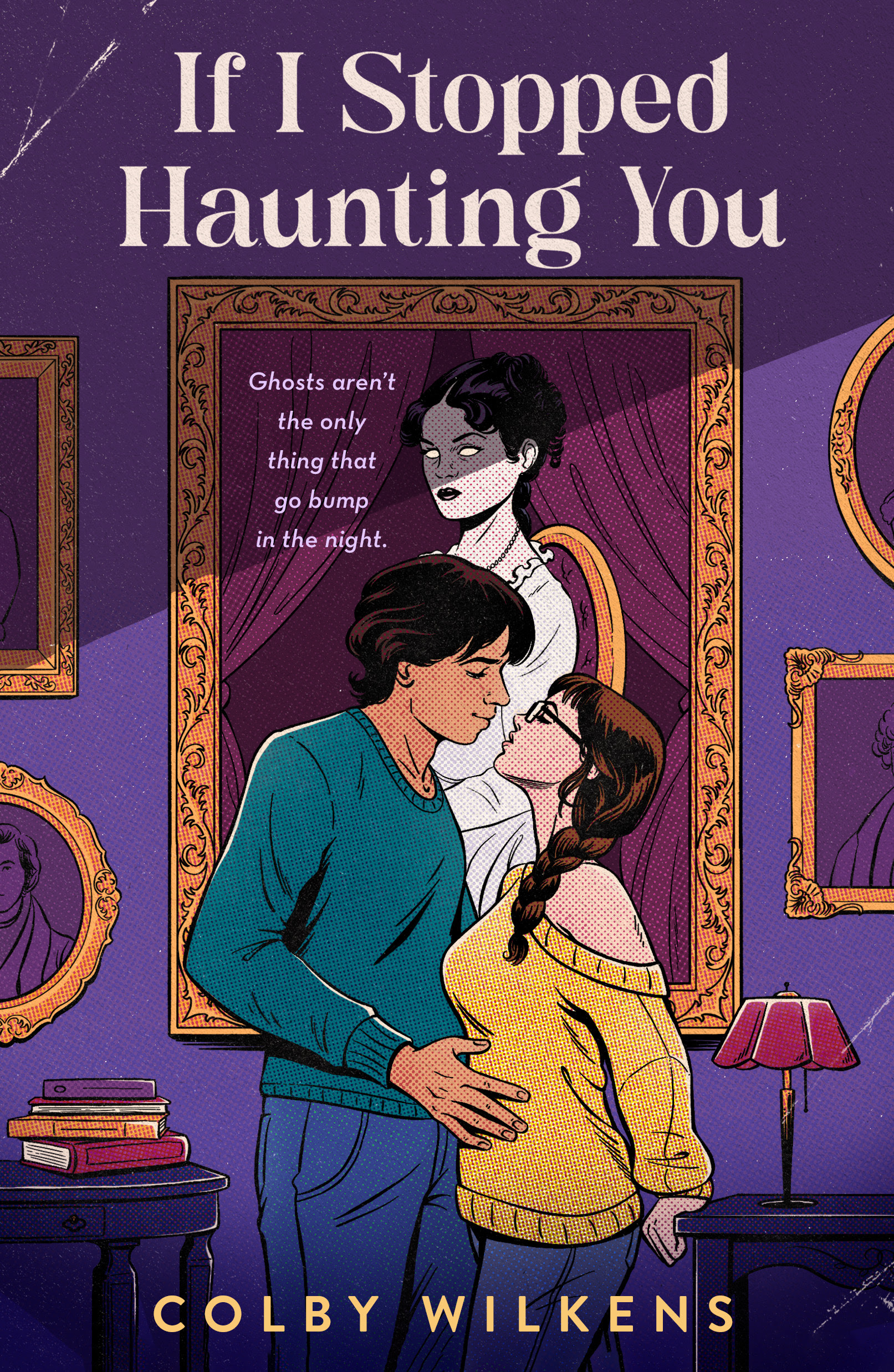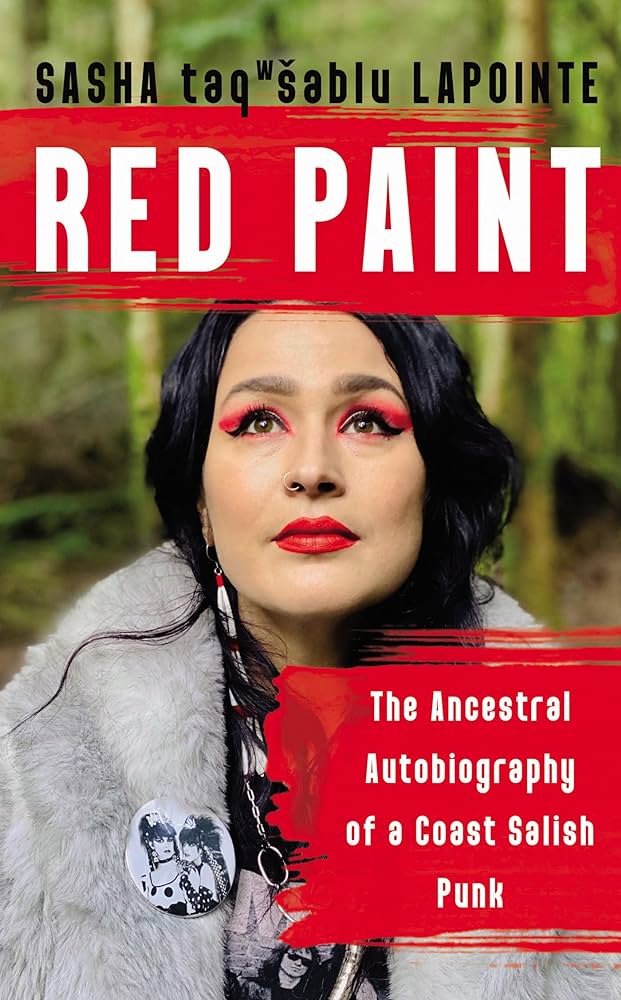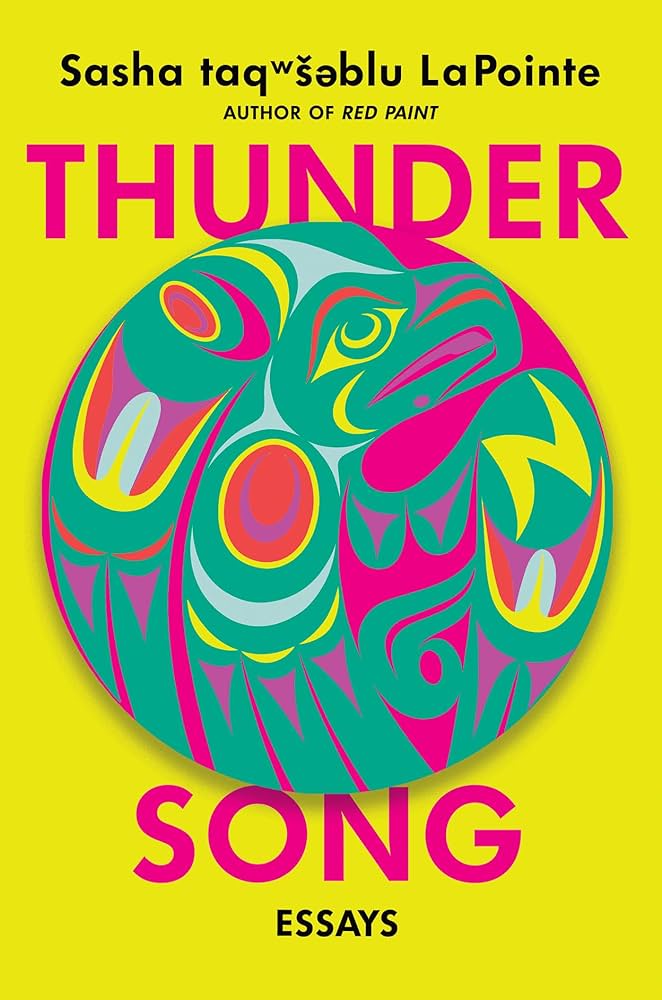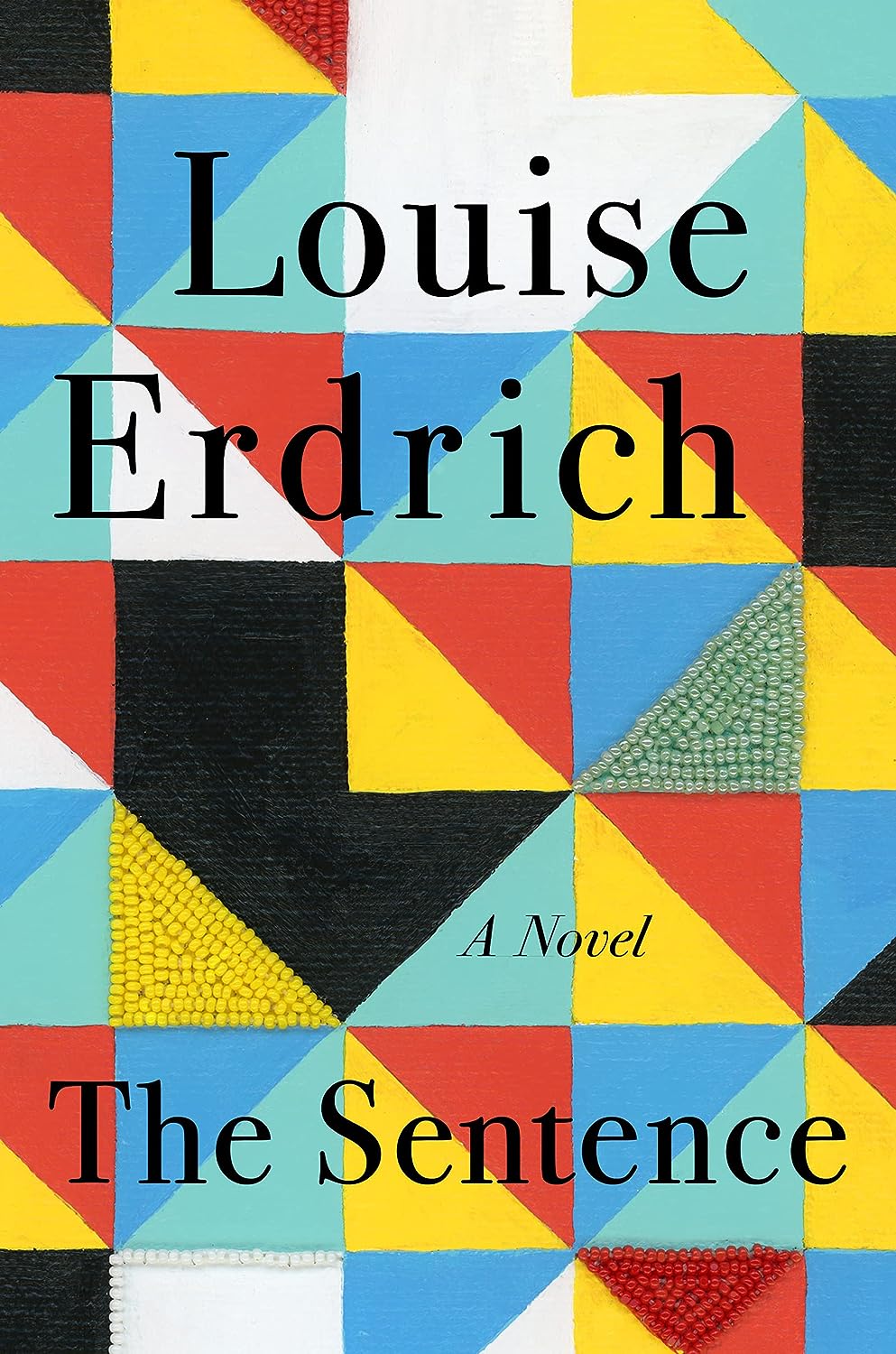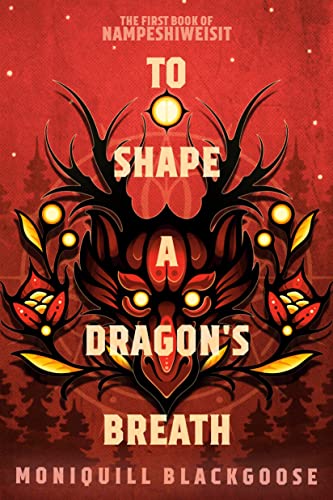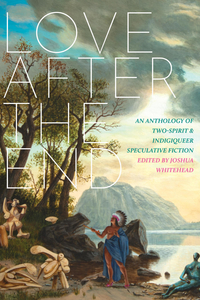Last weekend was Dewey’s 24 Hour Readathon, which I’ve done every year for the past ten years. For the October readathon, I save up horror and other Halloween-themed books all year to marathon that day. Green Fuse Burning seemed like a perfect choice: it’s a 99-page horror novella with an Indigenous and sapphic main character.Read More
Indigenous Representation in Every Shade: If I Stopped Haunting You by Colby Wilkens
Yá’át’ééh shik’éí dóó shidine’é. Shí éí Chloe yinishyé. Bilagáana nishłį́ Naakaii Dine’é bashishchiin. Kót’éego diné nishłį́. Hello my friends. I am called Chloe. I am born to Bilagáana (White people), born for Naakaii Dine’é (the Mexican people clan). In this way, I am a Navajo person. When I was sixteen years old, I excitedly told one ofRead More
Memoir of a Queer Coast Salish Punk: Red Paint by Sasha taqʷšəblu LaPointe
Buy this from Bookshop.org to support local bookstores and the Lesbrary! “I no longer wish to be called resilient. Call me reckless, impatient, and emotional. Even Indigenous. Call my anything other than survivor. I am so many more things than brave.” One of my favourite books I’ve read this year is Thunder Song, LaPointe’s newestRead More
The Song the World Needs: Thunder Song by Sasha taqwšəblu LaPointe
Buy this from Bookshop.org to support local bookstores and the Lesbrary! This was one of my five star predictions for the year, and I’m happy to say it lived up to that expectation. Thunder Song is a collection of essays about being a queer Indigenous women in the U.S. today. It begins with LaPointe talkingRead More
Creating Utopia in Love After the End edited by Joshua Whitehead
“Tomorrow will be kinder,” I whisper as I am swept into the rushing river of my dreams. —”The Ark of the Turtle’s Back” by jaye simpson Love After the End: An Anthology of Two-Spirit and Indigiqueer Speculative Fiction, edited by Joshua Whitehead, is a follow up to the anthology Love Beyond Body, Space, and Time. TheseRead More
A Genre-Bending Haunted Bookstore Story: The Sentence by Louise Erdrich
Buy this from Bookshop.org to support local bookstores and the Lesbrary! I kept hearing people rave about this book when it was new. I heard it was a cozy read about someone working in a bookstore haunted by the ghost of a customer. So imagine my surprise when the book begins with the main characterRead More
A Queer Indigenous Fantasy with Dragons: To Shape a Dragon’s Breath by Moniquill Blackgoose
Bookshop.org Affiliate Link The people on the remote island of Masquapaug have lived out of the eye of the colonizers, the Anglish, for many years. That is, until fifteen-year-old Anequs is selected by a dragon hatchling, quickly gaining the ire of the Anglish authorities who have strict parameters around who and how someone might possessRead More
Danika reviews Love after the End edited by Joshua Whitehead
Love after the End: An Anthology of Two-Spirit & Indigiqueer Speculative Fiction edited by Joshua Whitehead is a collection of science fiction and fantasy short stories by Indigenous authors. It’s edited and introduced by Joshua Whitehead, the author of Jonny Appleseed and full-metal indigiqueer. In that introduction, Whitehead reflects on the intersection between Indigeneity and queerness:Read More
Mo Springer reviews A Two-Spirit Journey: The Autobiography of a Lesbian Ojibwa-Cree Elder by Ma-Nee Chacaby with Mary Louisa Plummer
Trigger Warning: This book graphic depictions of physical and sexual assault My kokum explained that two-spirit people were once loved and respected within our communities, but times had changed and they were no longer understood or valued in the same way. When I got older, she said, I would have to figure out how toRead More
